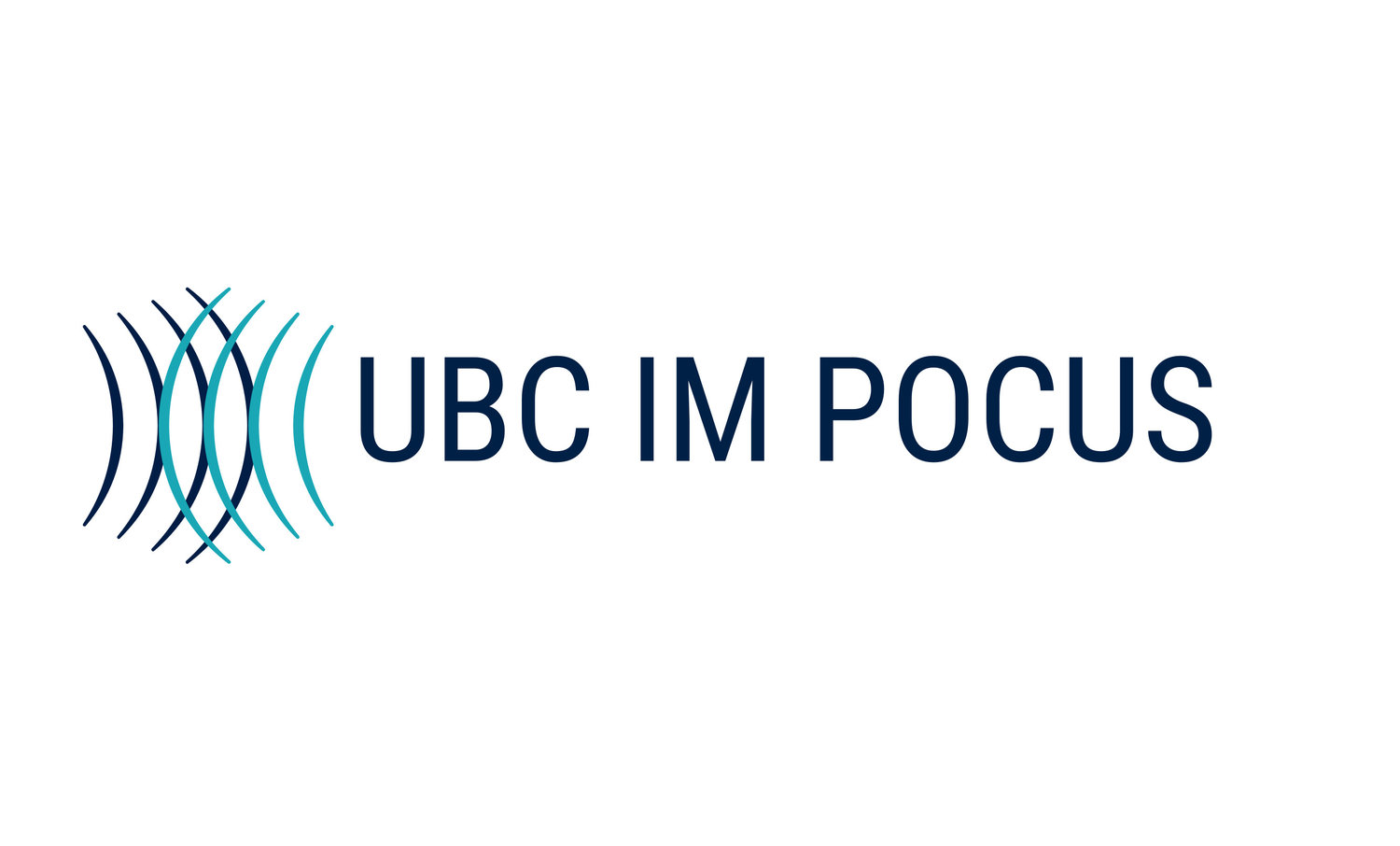Hone your POCUS interpretation and clinical reasoning by working through the interactive case below.
Case #17: Pleural effusion and abdominal protrusion - what’s the solution?
A 59 year old male presents to hospital with concerns of abdominal swelling and dyspnea. On initial evaluation he is noted to be requiring supplemental oxygen but is in no severe distress and is hemodynamically stable. His abdomen is grossly distended and he has 2+ pitting edema to the lower extremities on physical examination. Chest radiograph performed on presentation is as shows.
CXR on Admission
Initial POCUS EXAM
Zone R3 (right axilla)
Abdominal Ultrasound - RUQ
Zone R4 (right lung base)
Abdominal Ultrasound - LUQ
Cardiac ultrasound
PLAX
PSAX
EPSS
A4C
Additional POCUS EXaMs
IVC - Long Axis
VExUS - Hepatic Vein
VExUS - Intrarenal Vein
IVC - Short Axis
VExUS - Portal Vein
Case Continued
A thoracentesis is performed at the bedside, clear straw coloured fluid is obtained and a total of 1.5L is drained. Fluid analysis as below:
Serum LDH 477
Serum Protein 70
Serum albumin 30
A paracentesis is performed at the bedside, somewhat cloudy orange fluid is obtained, and a total of 2.4L is drained. Fluid analysis as below:
Case Continued
The patient was diagnosed with congestive heart failure resulting in right sided pleural effusion and ascites from portal hypertension. They were treated with intravenous furosemide and after a period of days repeat images were obtained.
Post Diuresis - IVC Short Axis
Post-Diuresis - IVC Long Axis
Case Conclusion:
This case demonstrates the utility of bedside ultrasound for evaluation of pleural effusions and ascites, and in helping determine the etiology. Bedside ultrasound was further utilized to facilitate procedures for therapeutic benefit and for fluid analysis which supported the clinical diagnosis. Finally this case demonstrates the utility of bedside ultrasound in evaluation of decongestion following diuresis.



















